Introduction to the Bunsen Burner
Overview
The Bunsen burner, named after and co-designed by Robert Bunsen in 1854, is a common laboratory instrument that produces a hot, sootless, non-luminous flame. The Bunsen Burner allows for precise regulation of the mixing of gas and oxygen in its central barrel before combustion, which ignites the flame. By manipulating the Bunsen burner, both the size and temperature of the flame can be controlled. Among other uses, the heat of a Bunsen burner flame can be used to create a convection current, which heats the space above the flame and lifts any particulates in the air up and away from the cooler air underneath it, keeping this work area sterile. Working with an open flame requires extra caution. Always remember to secure any loose hair, clothing, or accessories before lighting a Bunsen burner and to always have the proper safety equipment, like a fire extinguisher and/or a fire blanket, on hand. Taking the time to understand how to use a Bunsen burner and what safety equipment to have on hand will allow you to operate this useful laboratory tool with safety and confidence.
Procedure
A Bunsen burner is a laboratory instrument that can be used to provide a single, continuous flame by mixing gas with air in a controlled fashion. The ratio of gas to air that is mixed together can be manually adjusted, allowing the user to control the intensity, temperature, and size of the flame. The flame can then be used to heat or sterilize laboratory reagents and equipment.
All Bunsen burners are made up of the same basic components. The barrel, or burner tube, is where the air and g
Skip to...
Videos from this collection:
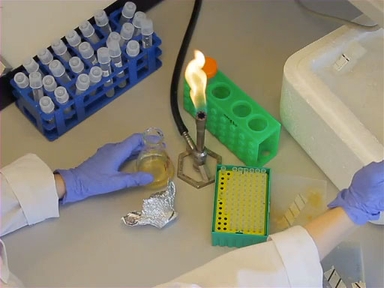
Now Playing
Introduction to the Bunsen Burner
General Laboratory Techniques
207.3K Views
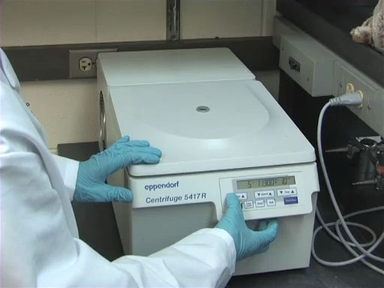
An Introduction to the Centrifuge
General Laboratory Techniques
488.3K Views
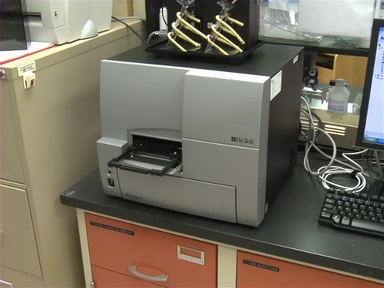
Introduction to the Microplate Reader
General Laboratory Techniques
126.7K Views
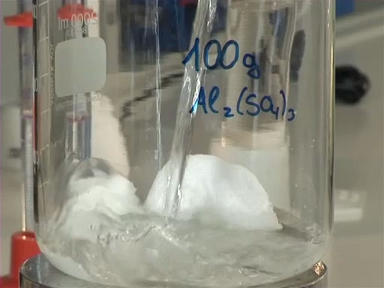
Understanding Concentration and Measuring Volumes
General Laboratory Techniques
216.1K Views
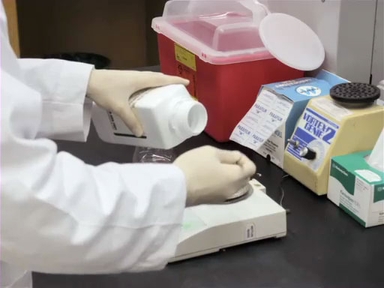
Making Solutions in the Laboratory
General Laboratory Techniques
211.4K Views

An Introduction to the Micropipettor
General Laboratory Techniques
584.4K Views
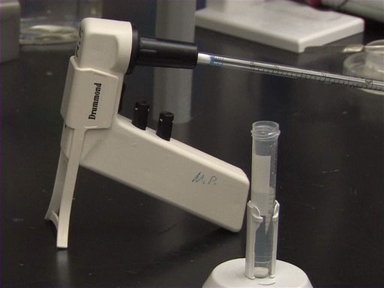
Introduction to Serological Pipettes and Pipettors
General Laboratory Techniques
219.1K Views

An Introduction to Working in the Hood
General Laboratory Techniques
151.3K Views
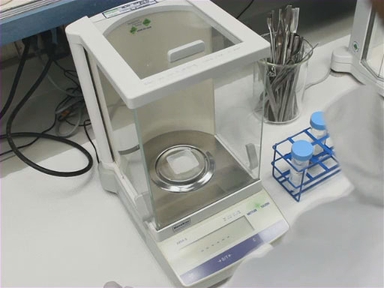
Measuring Mass in the Laboratory
General Laboratory Techniques
170.9K Views

Introduction to the Spectrophotometer
General Laboratory Techniques
518.3K Views
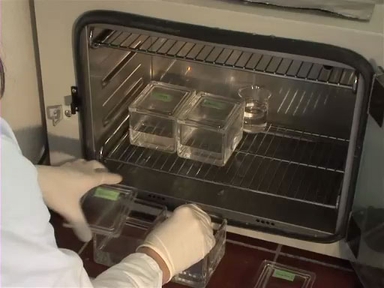
Histological Sample Preparation for Light Microscopy
General Laboratory Techniques
240.4K Views

Introduction to Fluorescence Microscopy
General Laboratory Techniques
350.0K Views
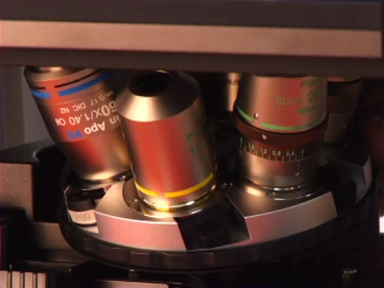
Introduction to Light Microscopy
General Laboratory Techniques
815.2K Views

Regulating Temperature in the Lab: Preserving Samples Using Cold
General Laboratory Techniques
65.7K Views
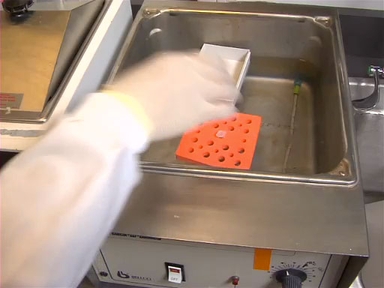
Regulating Temperature in the Lab: Applying Heat
General Laboratory Techniques
81.3K Views
Copyright © 2025 MyJoVE Corporation. All rights reserved